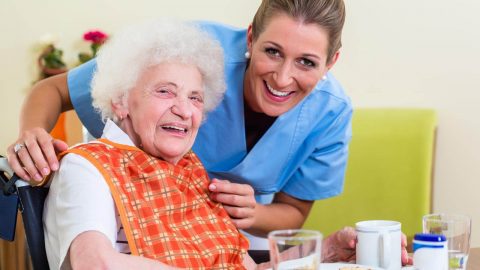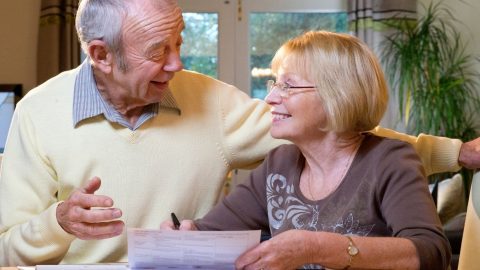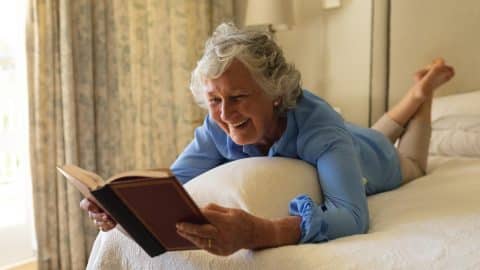Yoga and meditation offer more than physical exercise. They help seniors stay sharp, balanced, and calm. In this guide, we’ll explore how these gentle practices support the body and brain, improve mood, and promote graceful ageing through mindful movement and breath.
Gentle Yoga Practices Supporting Physical Flexibility
Play Winspirit games to stay mentally engaged while you stretch and move. Stiff joints, weak muscles, and balance issues are common with age. Gentle yoga can ease these problems without straining the body. Regular movement helps preserve flexibility and prevent falls, which are a major risk for older adults.
1. Builds strength without stress
Chair yoga or slow-paced Hatha yoga offers low-impact poses that engage muscles without pressure. Holding poses like Warrior II or Tree Pose improves leg strength and core stability.
2. Improves balance and posture
Poses such as Mountain Pose and Cat-Cow encourage alignment and steady movement. These help retrain posture and keep the spine mobile, reducing slouching and lower back pain.
3. Eases joint stiffness
Yoga lubricates joints through motion. Gentle stretches such as Seated Forward Bend or Reclining Twist increase blood flow and support joint health in knees, hips, and shoulders.
4. Enhances circulation
Better blood flow means more oxygen to muscles and organs. Light yoga boosts circulation, reduces swelling in extremities, and keeps the heart working efficiently.
5. Encourages regular activity
Yoga suits any pace. Even ten minutes a day can maintain movement. For seniors, consistency matters more than intensity.
The Power of Breath: Pranayama for Ageing Gracefully
With age usually comes some amount of stress, exhaustion and emotional turmoil, but controlled breathing, also called pranayama, is an easy tool that is readily available to restore the balance. Mindful breathing is a deep breathing system that triggers the parasympathetic nervous system, which relaxes the body in relation to stress and lowers anxiety levels.
Box breathing (inhaling, holding, exhaling and holding to the count of four) is an example of techniques that can reduce cortisol levels, reduce stress and induce a feeling of anchored calm. Long-term breathing exercises can also improve the performance of the lungs, letting the diaphragm stretch and allowing more oxygen absorption, thereby relieving chronic conditions such as asthma or COPD. Alternate nostril breathing and practices that are related are said to develop a rhythm that is calm and steady, creating a centre of body and mind.
Breathwork Benefits: Energy, Clarity, and Calm
In addition to relaxing the body, breathwork has physical and cognitive gains that are evident in elderly people. Rhythmic breathing, which is slow and gentle, enhances the quality and duration of sleep, digestion and cardiovascular balance by stabilising blood pressure and heart rate.
The energetic ones who require a natural energy boost, energising breathing practices such as Kapalabhati (skull-shining breath) can stimulate the brain and the entire body, so they are perfect to combat mid-day sleepiness, without a coffee. The oxygen circulation to the brain also enhances sharpness and the clarity of the mind which can lead to a better memory and decision making as time goes by. After some training, pranayama can be not only a stress relieving technique but a daily routine to feel better and more energetic.
Meditation as a Tool to Strengthen Mental Resilience
Mindfulness gives space between thought and action. For seniors facing grief, isolation, or health concerns, meditation offers emotional stability and clarity.
1. Fights cognitive decline
Mental sharpness is an important aspect that we need to maintain as we get older. There are studies that indicate that meditation can be used to maintain grey matter in the brain which is important in memory and learning. Focus and mental concentration are facilitated with the help of such practices as guided meditation or repeating a calming mantra.
These are methods that can retard age related forgetfulness and enhance concentration power. Elderly people who practice meditation might remember names more easily, be more organised and process information. Besides improving thinking abilities, it can also promote mental dexterity throughout one’s life, and so meditation is a potent weapon in the defence against ageing and staying mentally active in the world.
2. Builds emotional awareness
It is hard to cope with emotions when it is a hard moment. Meditation helps people to clearly see thoughts and emotions and not respond to them. This ability helps to become more self-aware and emotionally stable. Rather than doing something crazy and getting stressed, the seniors can become the one who knows how to react to the situation and stay calm.
It is also possible to communicate and understand personal needs and triggers better through emotional awareness. Such an exercise develops patience, empathy and strength with time. Meditation is a soft method that can help elderly people overcome grief, trauma, or health conditions and feel emotionally stable and at peace with themselves again.
3. Reduces depression and loneliness
Old age is usually accompanied by emotional issues that can include loss of loved ones, limited movement or loneliness. Meditation is the answer to this systematic problem, and in particular, the loving-kindness kind of meditation that enhances the feeling of warmth, compassion, and belonging.
This is through wishing well to self and others silently, and this can bring a sense of belonging and purpose. Elders may feel connected with one another even in the case they are isolated by undergoing this thought process. Studies show that frequent meditation will reduce the cases of depression and loneliness. The elderly with the help of a soft and loving inner speech will have a source of inner support and will be more optimistic, which will benefit the state of mind and emotional health.
Lifelong Benefits of Yoga and Meditation
Yoga and meditation is not just temporary. They develop habits of awareness, strength and peace that can sustain the seniors throughout their lives. Through frequent exercises, the elderly are able to move with ease, to breathe better, and to think in a clearer manner. The easy-to-learn devices can empower the senior to be independent, connected and age with confidence.














